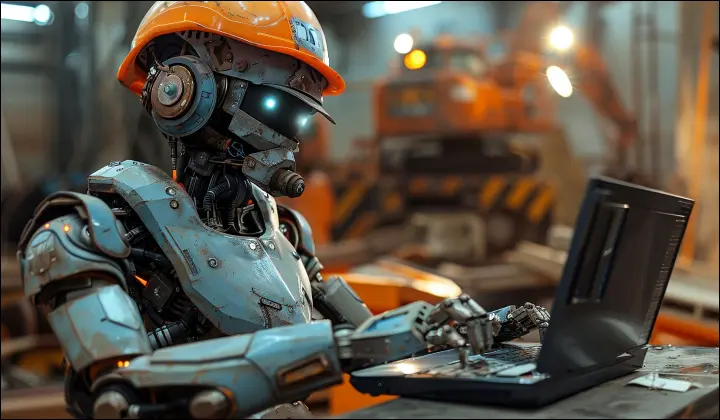Once, after World War II, the United States stood tall with the sound of machines and the rhythm of skilled hands shaping steel, rubber, glass, and dreams.
Back then, nearly 30% of U.S. employment came from manufacturing. Cities like Detroit, Cleveland, and Pittsburgh thrived.
By 1979, U.S. manufacturing employment peaked at 19.6 million workers.
But time, like always, moved on. And jobs too — first to the South, then to Mexico, then China. Some of it was about cost. Some of it was just how the world was changing.
By 2019, the number of Americans working in manufacturing had dropped to 12.8 million, according to the U.S. Bureau of Labor Statistics. Today, that figure hovers around 12.96 million, far from its peak.
It didn’t happen overnight. But it happened.







 30 mins
30 mins







 Talk to Our
Consultants
Talk to Our
Consultants Chat with
Our Experts
Chat with
Our Experts Write us
an Email
Write us
an Email





